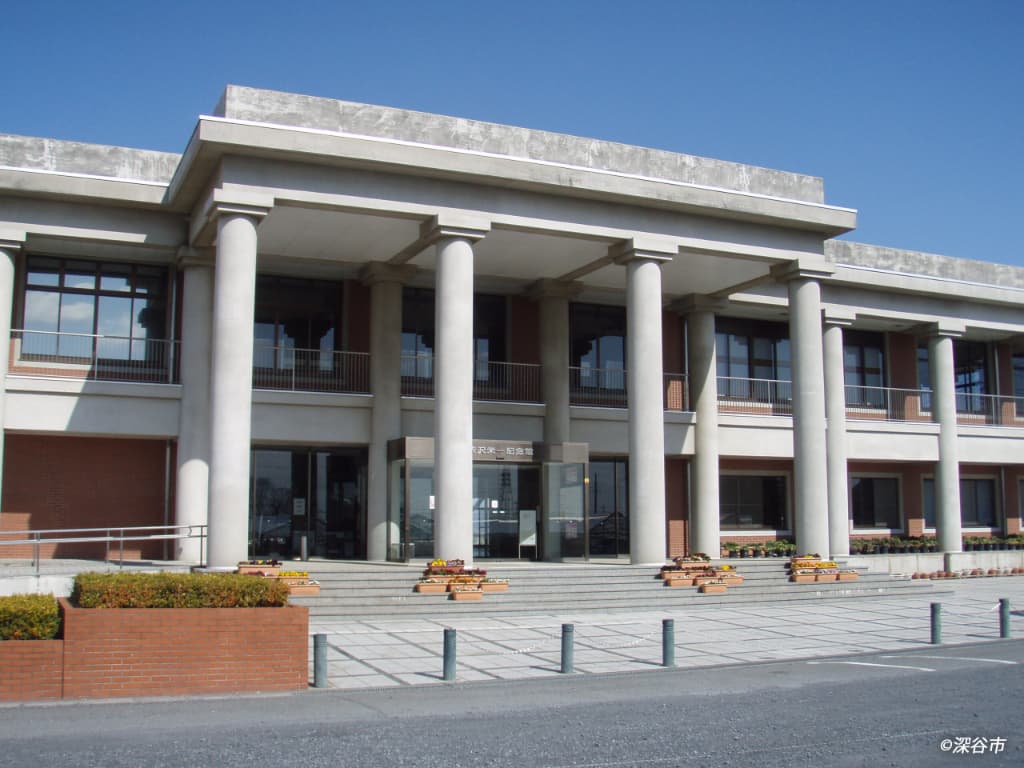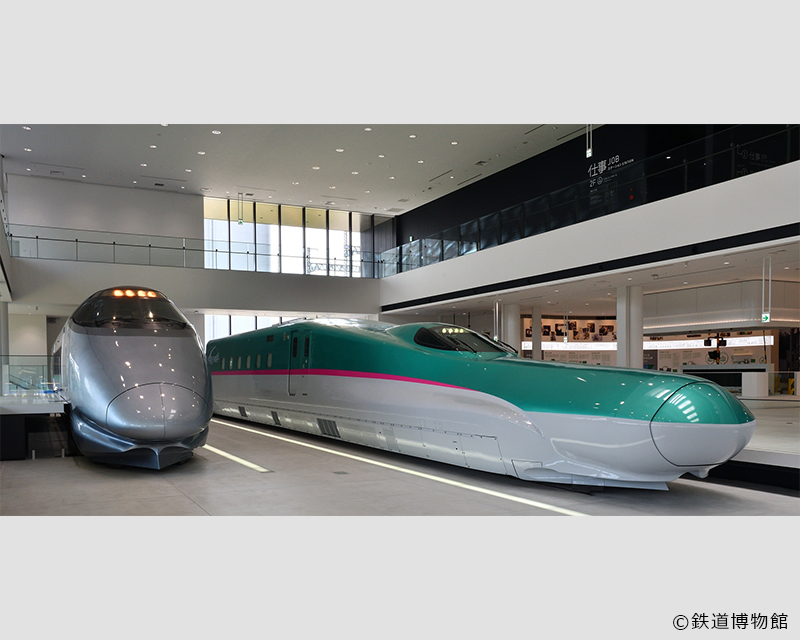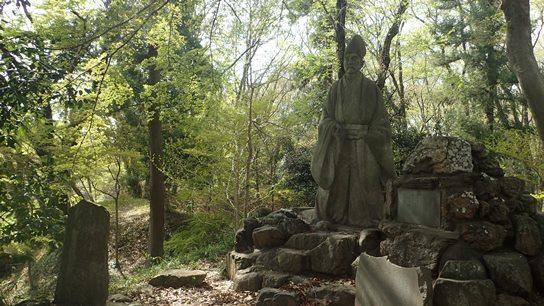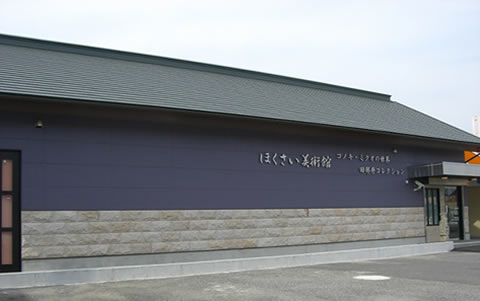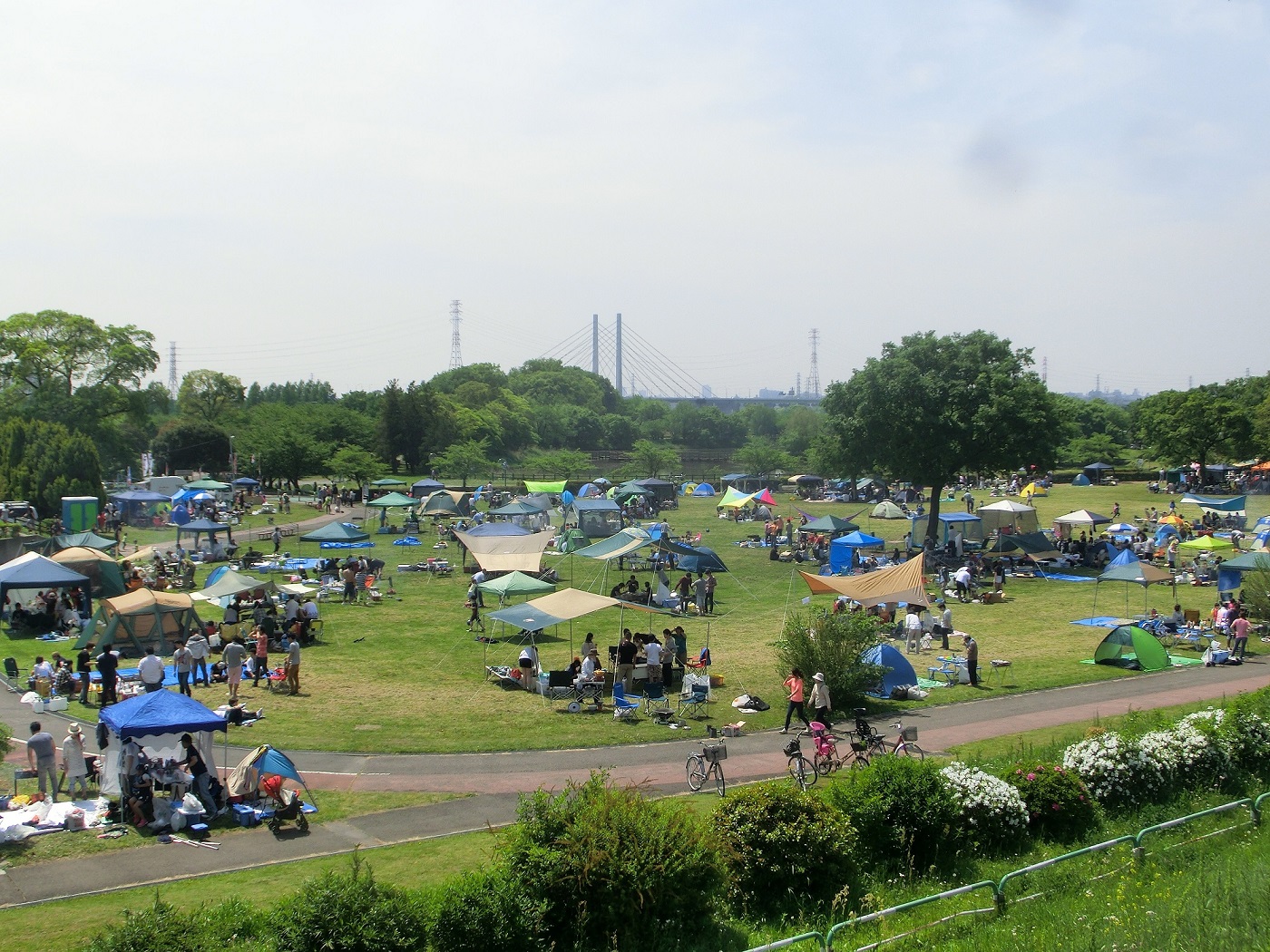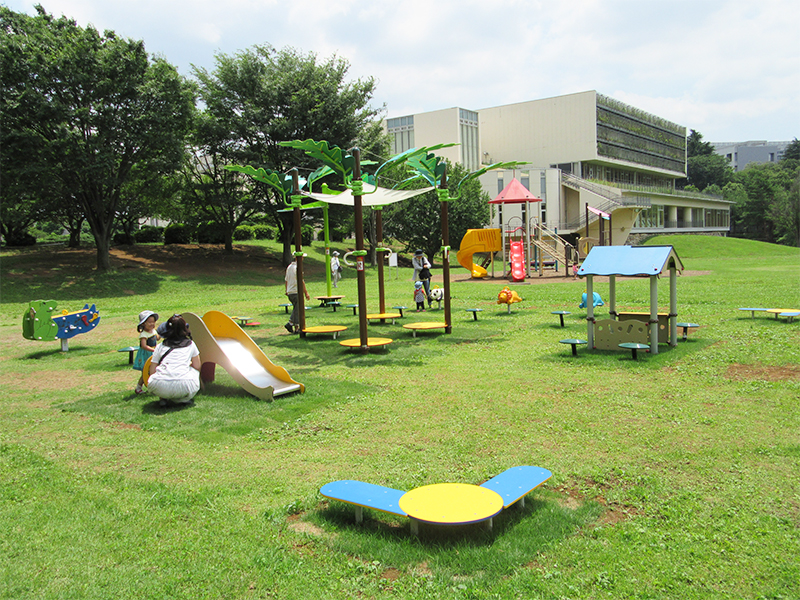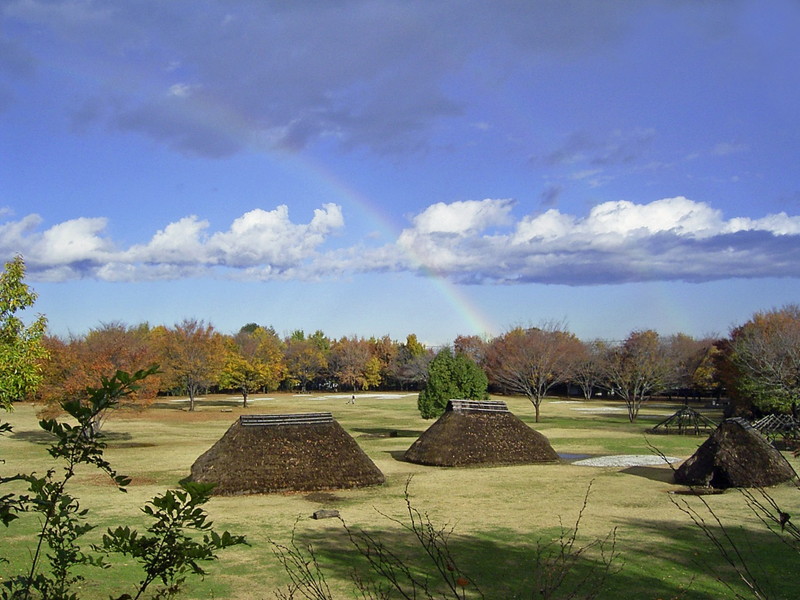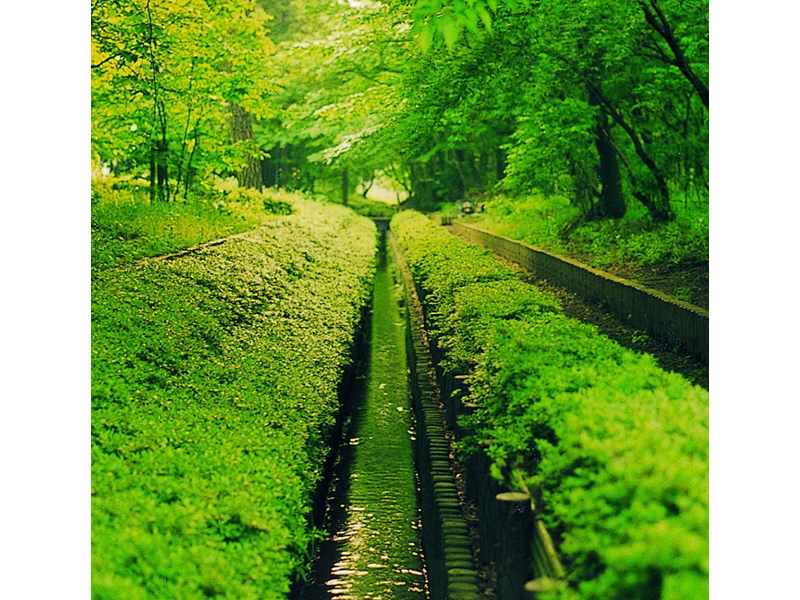Asaka City Museum
sightseeing
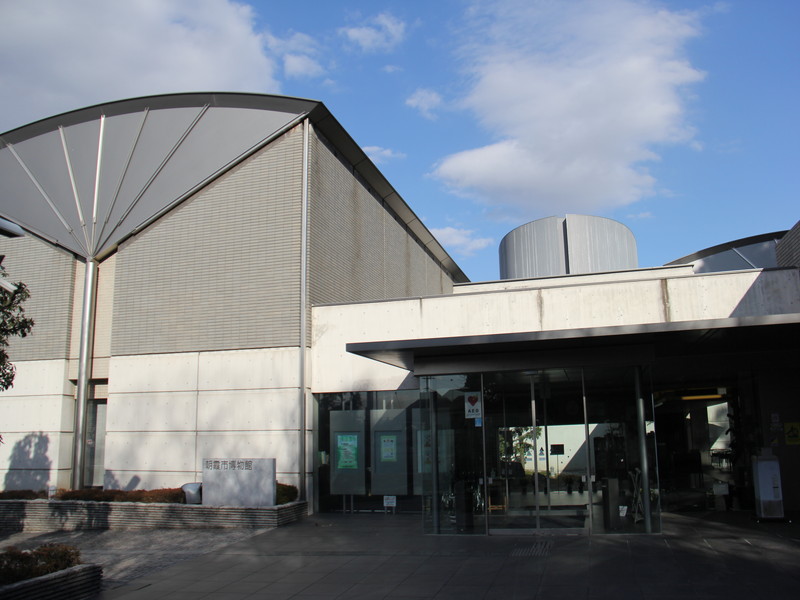
Centered around a permanent exhibition about Asaka's local heritage under the 4 categories: archaeology, history, folklore and arts and crafts; there are also special and themed exhibitions, and a variety of lectures and workshops which are held in this “space for learning and relaxation.”
Basic Information
Location
Asaka Oka 2-7-22
TEL
048-469-2285
FAX
048-468-0079
Facilities
・Locker: 16 (100 yen bag manner)・Toilet: for men (Urinal 3・Western Style Private Toilet 2), for women (Western Style Private Toilet 2 Japanese Style Private Toilet 1), for indivdiuals with disabilities 1・water cooler1・vending machine 1・barrier free facility: wheelchair for inside 2, strollers 1, diaper changing tables 3 (1 per men・women western style toilet・1 located in the common area in front of the toilet), baby chair 2 (1 per men・women western style toilet)・Regarding eating and drinking: lounge (tables 4・seats 16)・in case you start to feel sick or need to breastfeed, please feel free to reach out to the office as we offer a first-aid-room.
Business hours / Fee
Business hours
9:00 ~ 17:00
Regular holiday
Monday of every week (Open when on a holiday)/Every fourth Friday of the month (Open when on a holiday)/The following day of a holiday (Open if it's on Saturday/Sunday)/December 27th to January 4th/Other than those mentioned, there are temporary closed days as well.
Fee
Free
How to get there
Public transport
15 minute walk from both, “Asakadai” Station of Tobu Tojo Line and “KIta-Akasaka” Station of JR Musashino Line
Parking
22 spaces (1 space for those with a disability, 1 space for a large bus)
Universal design
AED installation
〇
Wheelchair rental
〇
Stroller rental (There may be a charge.)
〇
Wheelchair entry
〇
Wheelchair parking
〇
Breastfeeding room
〇
Compatible with diaper changing tables
〇

